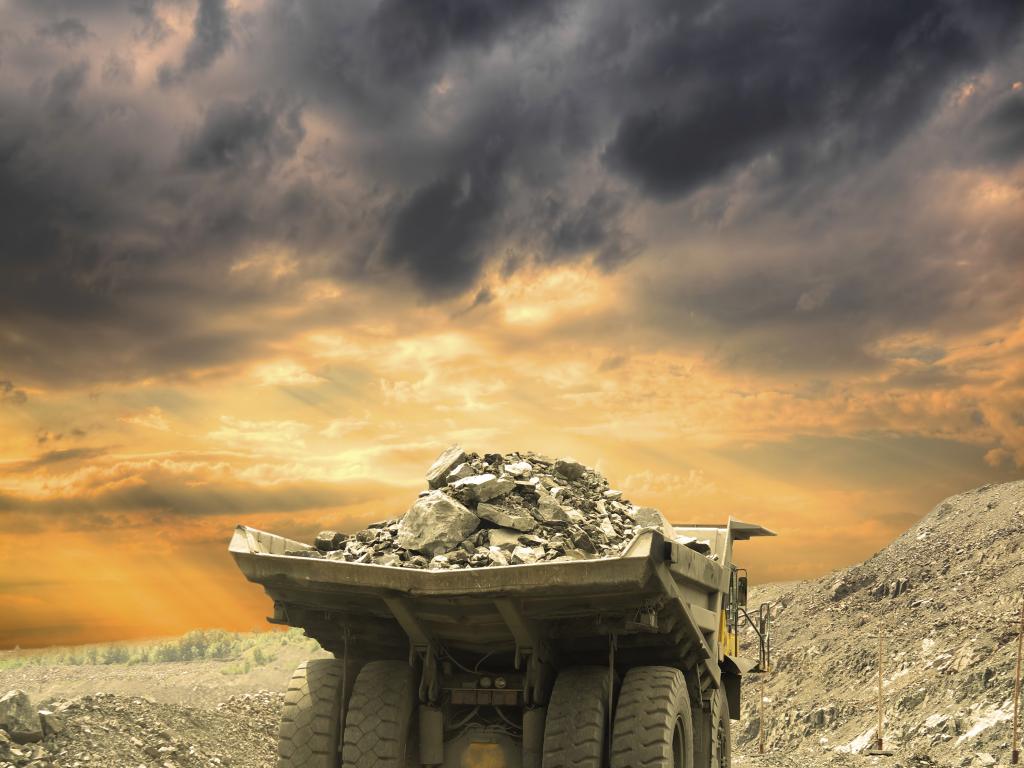Mining mine dumps in South Africa: the interests of mining companies that create dumps

South Africa is a country rich in mineral resources. The prevalence of mine dumps across the landscape in many parts of the country is a reminder that the mining industry is an integral part of the South African economy. Mine dumps are not merely waste material or the remnants of mining operations. Valuable mineral deposits may remain in these dumps. Mine dumps are valuable assets and exploiting them is a profitable business.
Various entities may have an interest in exploiting dumps. One such entity is the mining companies that have a right to extract minerals, particularly where considerable amounts of resources are expended during mining operations, and consequently, the creation of dumps. Mining companies may want to exploit the dumps that they create if exploitation will be more profitable at a later stage as a result of, for example, technological advancement or market conditions. Mining companies may also want to allow others to exploit dumps if this proves more profitable than exploiting these dumps themselves.
The Mineral and Petroleum Resources Development Act 28 of 2002 (MPRDA) is the primary legislation that regulates extraction of minerals in South Africa. The MPRDA introduced the terms “residue stockpile” and “residue deposit” to regulate waste material (mine dumps in common parlance) that is created through mining activities. The MPRDA regulates extraction activities of mine dumps that were created subsequent to its enactment. Residue stockpiles refer to waste materials while, inter alia, mining rights or mining permits granted in terms of the MPRDA exist. Residue deposits refer to dumps when rights have lapsed. Thus, residue stockpiles convert into residue deposits when mining rights or permit mining permits terminate.
According to section 5(b) of the MPRDA, it is an illegal act to mine without a mining right or mining permit. “Mine”, used as a verb in the MPRDA, does not include extraction activities in residue stockpiles. Extraction of minerals from residue stockpiles constitutes processing that does not require a separate mining permit or mining right. This means that, while their rights exist, holders of mining rights and mining permits, granted in terms of the MPRDA, may automatically extract minerals from waste material that they create.
The MPRDA is silent regarding the ability of holders of mining rights and mining permits to transfer the ability to process stockpiles to others. However, nothing in the MPRDA indicates that holders of mining rights and mining permits are not permitted to dispose of, and allow another to process stockpiles, while their rights exist.
The MPRDA does not create a similar favourable position for holders of mining rights and mining permits when their rights lapse. Contrary to residue stockpiles, the definition of mine as a verb in the MPRDA includes mining in residue deposits. It is therefore illegal to mine a residue deposit without a mining right or mining permit. Former holders of mining rights and mining permits whose activities created the deposit cannot mine the deposit automatically when their rights lapse. These previous holders will have to apply for new rights in terms of the MPRDA if they wish to mine the deposit in future. Applications will only be successful if applicants comply with the requirements of the MPRDA for granting of rights. Applicants must show, for example, that they have the technical, financial and other abilities to exploit minerals optimally, to comply with health and safety requirements and to comply with the government’s empowerment targets.
Furthermore, if more than one entity applies for rights to mine the deposit, the applications are subject to the normal rules that partly embody the “first-come, first-served” principle contained in section 9 of the MPRDA. In this regard, the MPRDA does not provide a preference-right to former right holders whose mining activities created the deposit.
If former right holders are successful in securing mining rights or mining permits to mine residue deposits, they cannot dispose of the deposit and allow others to mine automatically if this appears more profitable. According to section 27(8)(b) of the MPRDA, mining permits are non-transferable. Section 11(1) of the MPRDA requires ministerial consent for the transfer of mining rights. The Minister will grant consent only if the acquirer of the right has the same abilities as the transferor to ensure optimal exploitation, compliance with health and safety requirements and meeting empowerment targets.
The MPRDA protects the financial interests that holders of mining rights and mining permits have in dumps that they create while their rights exist. When rights lapse, however, former right holders are in a less favourable position. To some extent, the weakened position of former right holders is justifiable in the light of legitimate governmental objective, for example, the optimal exploitation and transformation of the mining industry. Nevertheless, the government can pursue these objectives without an unnecessary deterioration of the interests of former right holders who spent considerable resources in creating dumps. Is it not possible to pursue important governmental objectives and to protect the interests of former right-holders by granting them a preference-right when applying for rights to mine residue deposits that they created?
Written by Heleen van Niekerk.
